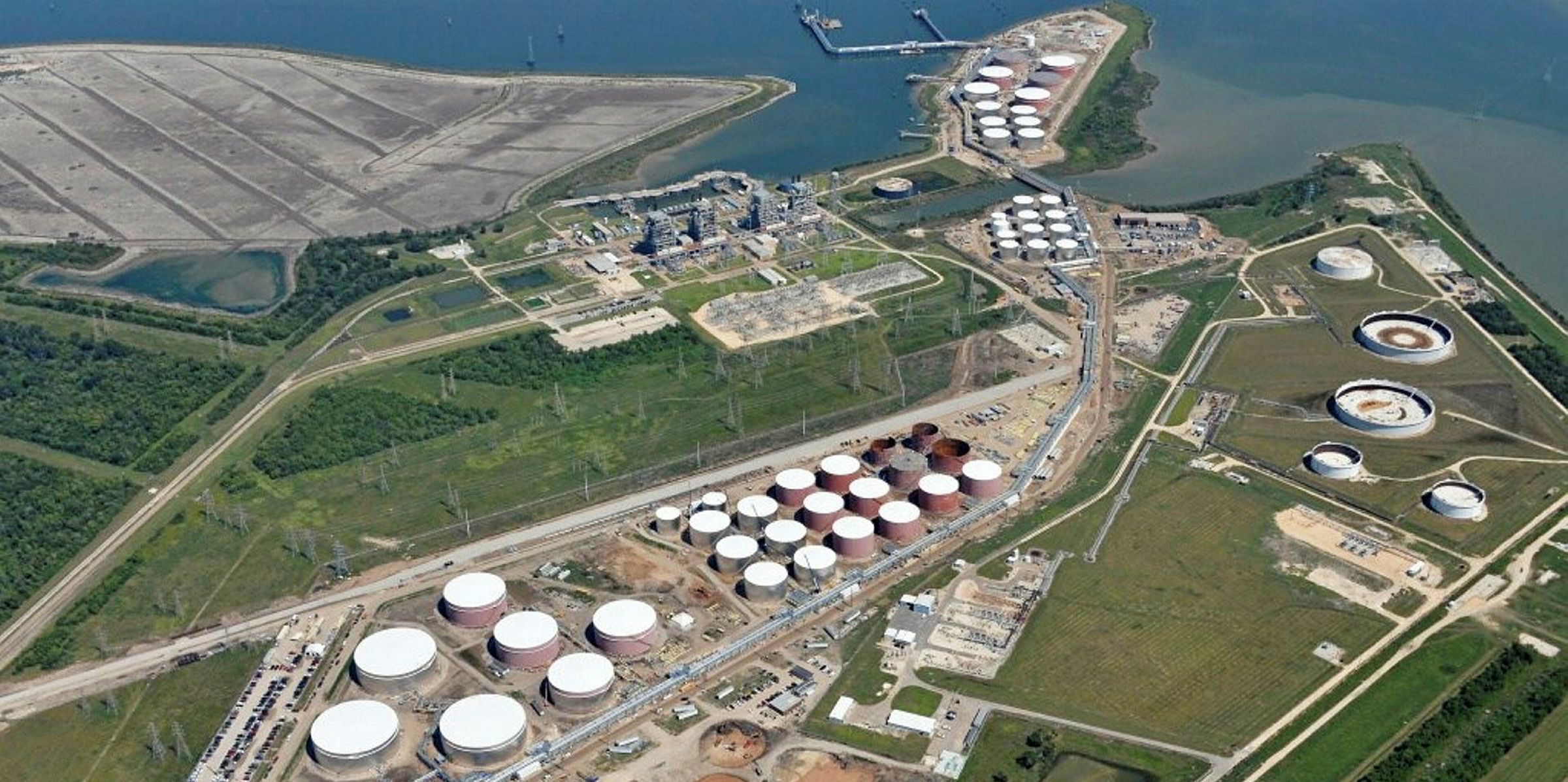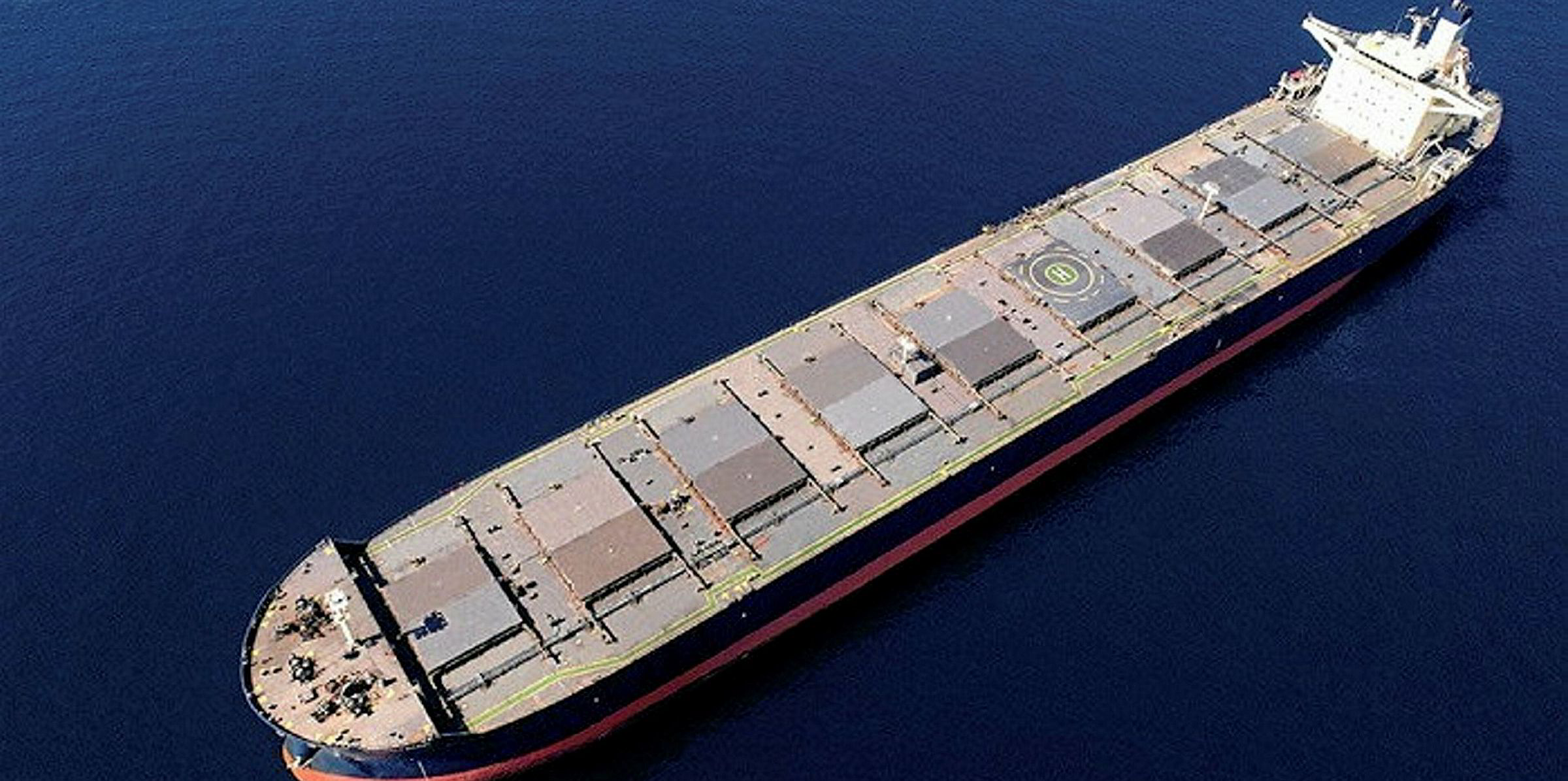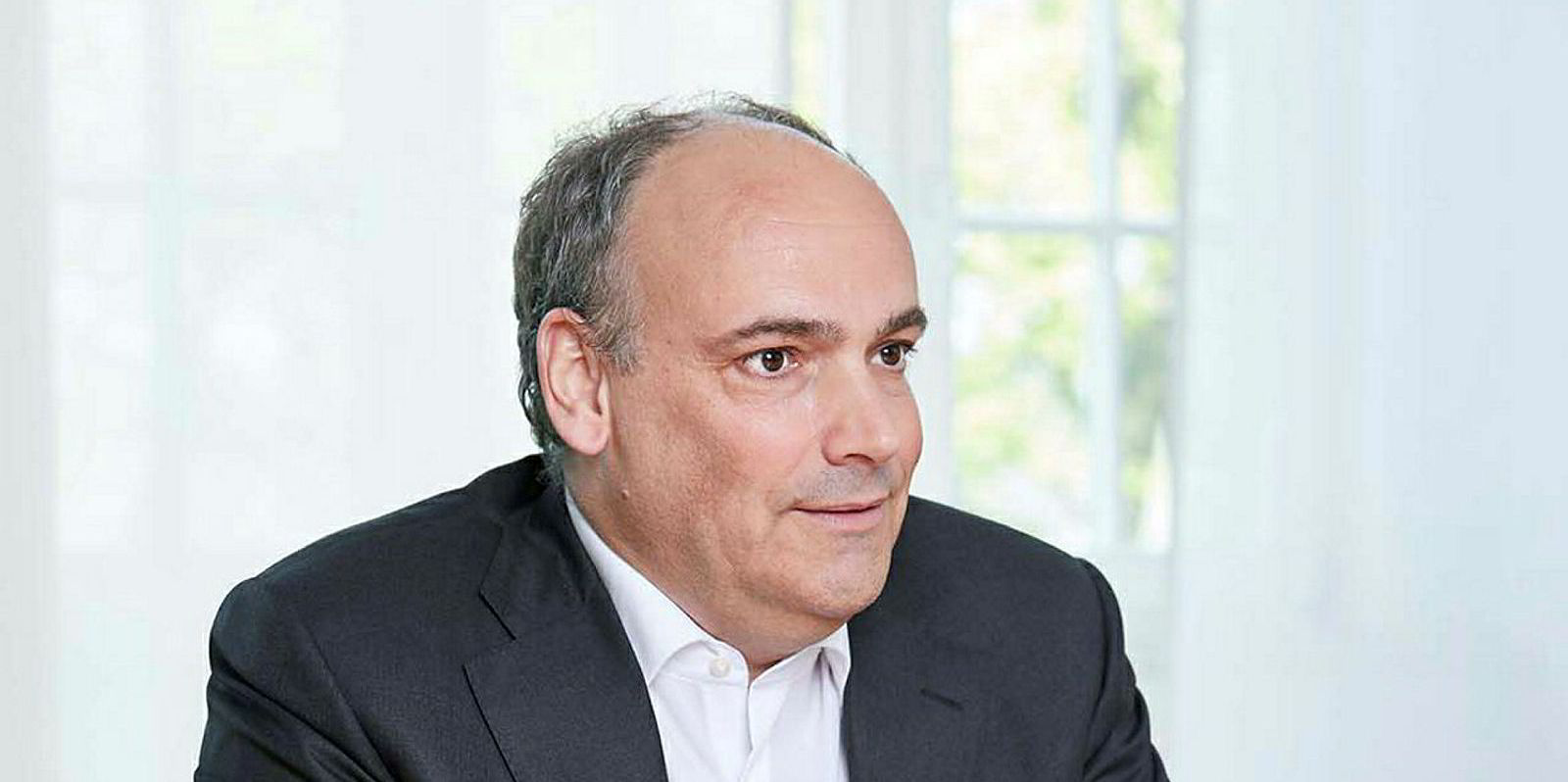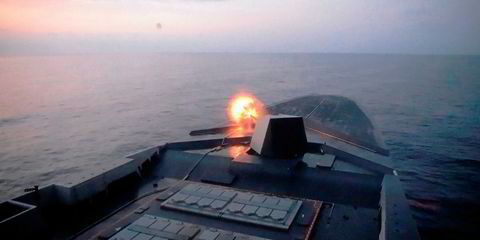The discounts for high-sulphur fuel oil (HSFO) compared with IMO 2020-compliant fuels have gradually widened in the past month as vessel operators begin consuming the cleaner products.
Based on Ship & Bunker’s assessments of global average bunker prices, the discount of HSFO to 0.5% low-sulphur fuel oil (LSFO) increased from $141 per tonne on 7 October to nearly $161 in early November.
In the same timespan, the discount of HSFO to 0.1%-sulphur marine gasoil (MGO) widened from $240 per tonne to almost $248.
Marine Bunker Exchange director Sergey Ivanov told TradeWinds the HSFO price was more volatile than that of MGO or LSFO and its weakness led to wider price spreads.
“The reason [for the weakness] is the decrease in demand,” he said.
The pricing development has been most pronounced in north-western Europe, where the HSFO price fell by more than 20% in the first 25 days of October, according to BloombergNEF’s head of oil demand, Richard Chatterton.
Meanwhile, he said, “The spot price of 0.5% marine fuel has moved sharply towards the gasoil price and away from HSFO as demand grows for IMO-compliant fuel.”
Vessels will need to switch from HSFO to MGO, LSFO or other compliant fuels with sulphur content of less than 0.5% after 31 December, unless they have scrubbers.
‘Great uncertainty’
While vessel operators were expected to start using the compliant fuels by early December, the International Bunker Industry Association (IBIA) had earlier reported that the transition was slower than expected.
According to IBIA director Unni Einemo, some suppliers observed that the switch would largely take place in November and December rather than October, even though the supply of LSFO was increasing at bunker hubs across the globe.
The availability of LSFO — a term used to refer to various new fuel products — was a concern for the industry, but the worries have been dying down lately as oil majors began to roll out their supplies.
Still, most market participants expect strong volatility in the marine fuel markets for the months ahead.
“There is still great uncertainty in the global bunker market,” Ivanov said.
Making the market even more unpredictable is the fact that scrubber retrofitting has generally not progressed as scheduled, with limited dry-docking space, longer-than-planned fitting times and the preference of some tanker owners for delaying installation due to high spot earnings.
According to analysts at Refinitiv, just 2,500 ships will have the exhaust gas cleaning technology onboard by next year, compared with the IMO’s earlier estimate of 4,000 vessels.
This would result in lower-than-expected demand for HSFO in the first half of 2020, before consumption of the dirty fuel recovers as the installation of scrubbers on the current orderbook completes.
Cost not big concern
However, while vessel operators generally expect to face higher bunker costs due to the IMO 2020 sulphur regulations, an industry survey shows they have become more prepared.
On a scale of one to four, with four being “very prepared”, the survey participants rated their preparedness for a fuel price hike at 2.69 this year compared with 2.37 in 2017.
More expensive fuel is not even rated as a top-10 issue for the industry over the next decade.
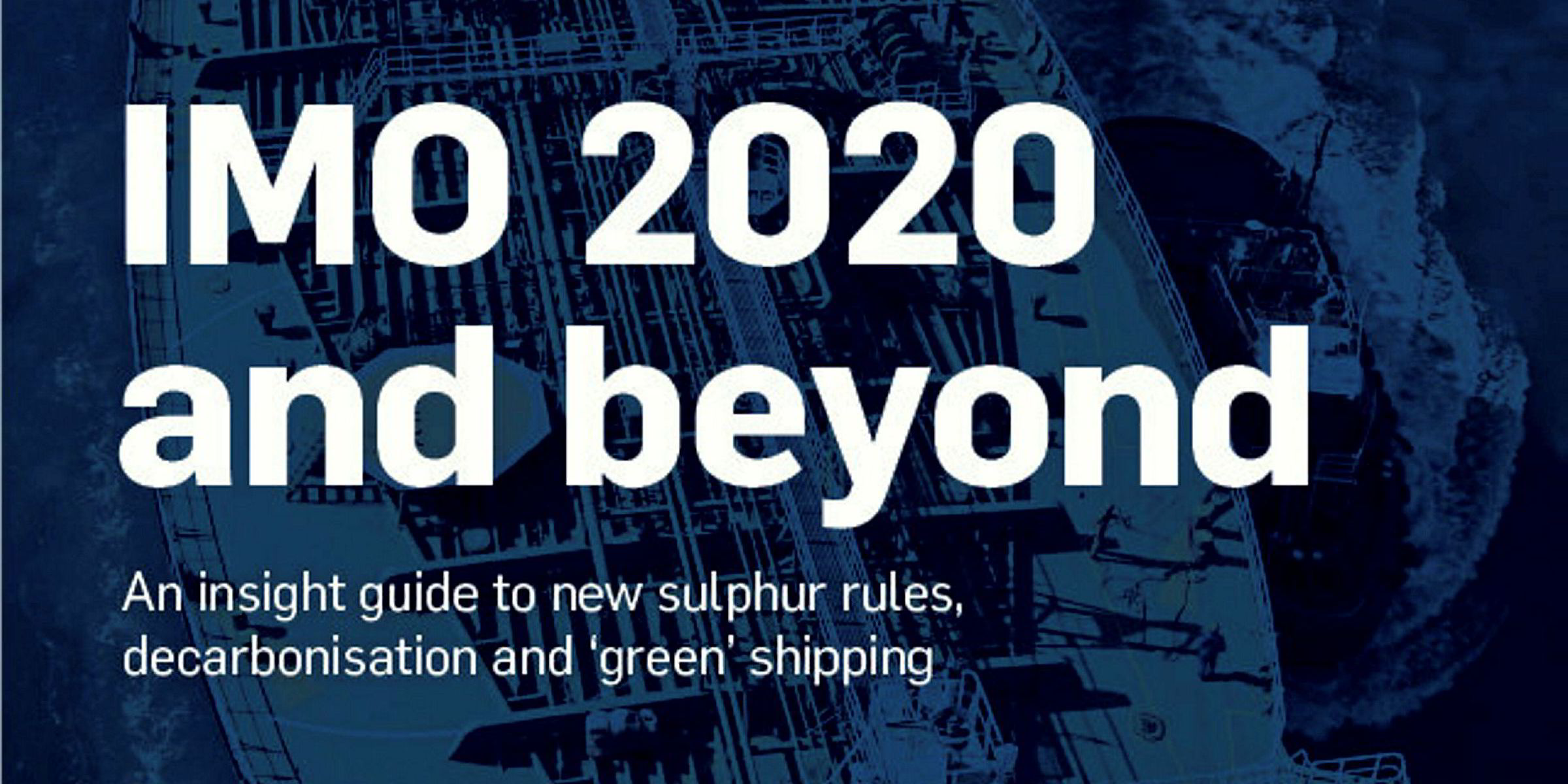
Check out TradeWinds Knowledge http://bit.ly/35g4KZ1, our new research project on IMO 2020 and decarbonisation
“Respondents are fairly confident in the industry’s ability to cope with fuel price increases,” according to the Global Maritime Issues Monitor survey, carried out by the Global Maritime Forum, Marsh and the International Union of Marine Insurance in 46 countries.
The growing confidence comes as freight markets in the main sectors strengthen on tightening tonnage supply.
Operators in the tanker, gas, dry bulk and container sectors have been able to profit from spot markets lately, with strong freight rates more than offsetting rising fuel costs.
“Shipping companies of all varieties have much to be thankful for,” analyst Stifel said.
